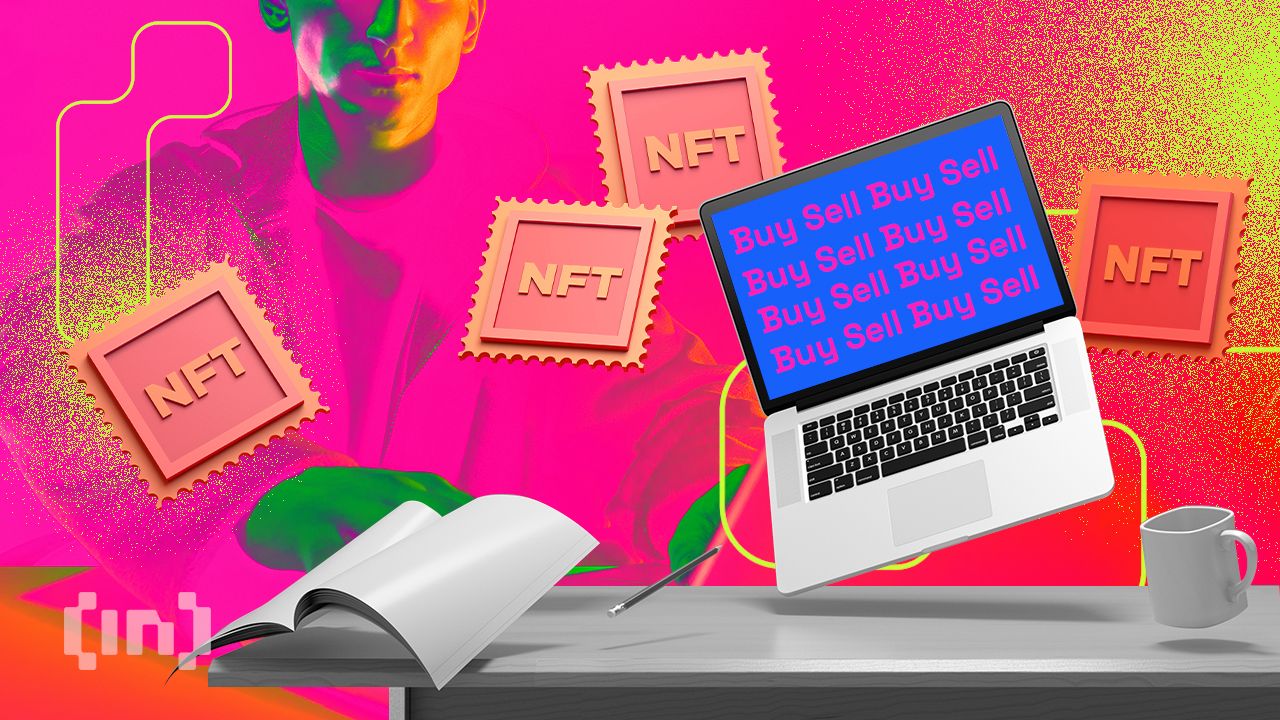The impact of digitization and legal technology on IP law: part one – blockchain and smart contracts – Commentary

What is blockchain and smart contracts?
Possible applications within intellectual property
Comment
Gone are the days when lawyers could afford to believe that digitization was irrelevant in legal services and clients could afford to have lawyers who had no clue about technology. This series of articles discusses digitization and legal technology in the context of their use in IP law. This article looks at how blockchain technology and smart contracts can be used in intellectual property.
Concept of blockchain and smart contracts
A “smart contract” is a conventional contract between two or more parties, subject to civil law standards, the execution of which is automated on the basis of blockchain technology. To enable execution, the essential parts of the contract and its terms are written directly into the lines of code of a blockchain, so that the contract can be executed independently and without human involvement; especially without third-party intermediaries or central authority such as a trustee or a notary.
Mere “automated execution” of contracts is nothing new, and was possible long before the rise of blockchain technology. The difference, however, is that blockchain technology – unlike conventional implementations – guarantees immutability and non-manipulation of a contract and secure and efficient execution. But how does a blockchain actually work?
A “blockchain” is a database – that is, a collection of electronically stored information. The information is entered into the database in computer code, just like a computer program. The information captured usually consists of the most important essence of a transaction – namely:
- details of a contract (eg the parties, contractual services, remuneration) or product (eg the manufacturer); and
- specified conditions in simple “if – then” instructions, usually linked to a payment, which are executed automatically when the specified conditions are met.
Smart contracts can therefore be used where the details of a contract can be easily converted into machine-readable language (“0” and “1”), such as licensing systems. For example, if A is the trademark owner and B is the licensee, B’s license will be renewed for one month each time B pays a certain amount to A.
The database consists of a number of chronologically linked (data) blocks. For each transaction, a new data block is generated containing all information regarding the transaction (eg the arrival of B’s payment). Each new data block receives its own checksum, the so-called “hash value”, a cryptographic key that also contains the hash value of the respective predecessor block. This creates a chain of unique data blocks with a traceable and immutable history.
Blockchain technology thus enables chronological, immutable documentation of the basic components of a contract or the characteristics of a product and any related transaction.
Finally, and most importantly, unlike conventional databases, the data chain is not located on a single computer, but on many different computers that host the blockchain (this network of outsourced computers is provided by the blockchain platform provider – for example Ethereum, which is for currently the most popular blockchain platform that also offers smart contract development). Before a new block of data is added to the data chain, each computer in the network individually checks the new data block by calculating the checksum. Only when the checksum is verified by all computers is the information added to the data chain and a consequence triggered (e.g. the arrival of B’s payment results in B’s license being activated for another month). This decentralized outsourcing ensures the integrity of the database – that is, it makes the blockchain almost “unhackable” and safe from any outside influence (all computers in the network must be hacked or affected for the blockchain to be compromised).
Possible applications within intellectual property
Self-Executing Licenses
One area of use for blockchain in IP law may be in copyright. Authors of copyrighted work could use smart contracts to license the use of their work through blockchain technology. For example, a musician can offer a song on blockchain-based marketplaces for copyrighted works and enable users to obtain (micro) licenses for any use (no matter how small) in exchange for a payment via the user’s electronic wallet. Before a transaction is completed, the user’s identity is verified by the blockchain network. To ensure that the user does not use a false identity, various authentication mechanisms are used when registering on the blockchain network (e.g. Ethereum), assigning each user a unique identifiable ID.
This approach will reduce costs by creating a direct link between creators and users. At the same time, since access to content will only be granted once the user’s information and associated payment have been uploaded and validated in the blockchain, this approach will enable tracking of all (sub)licenses granted and help enforce any claims.
Brand protection
Brands, especially those at the high end of the market, can use blockchain technology to enable customers to check the authenticity of goods, especially with regard to second-hand goods. They can give customers an individual code (eg a QR code) when they buy a luxury watch, for example. Scanning the watch’s label or uploading other proof-of-purchase details to the blockchain can give customers access to a blockchain database containing the entire history of the product, including the certificate of authenticity, issued by the brand and verified by everyone involved in the supply chain. If the buyer wants to resell their watch, they can give the new buyer the QR code to prove its authenticity.
Some companies have already implemented such an authentication system. Luxury brands Louis Vuitton, Prada and Cartier joined forces in 2021 to form the Aura Blockchain Consortium, a non-profit platform that other brands are invited to join. The platform aims to use blockchain technology to help consumers track and verify the authenticity of their luxury goods.
Comment
Since the magic behind blockchain and smart contracts involves encoding information into a database, it is almost impossible to set up a smart contract or track the use of a client’s intellectual property rights by third parties on a blockchain without some programming skills. To implement automated distribution models or blockchain-based trademark protection systems for their clients, lawyers must therefore work with programmers or – as soon as they become more common in the market – use specialized implementation tools.
Although lawyers are not the creators of the technological framework behind such new instruments, it is important that they know how they work in order to implement the specific legal requirements necessary to use and enforce them properly. The World Intellectual Property Organization recognized the potential of blockchain technology in its 2022 White Paper on Blockchain and IP Ecosystems, which explored the potential uses and opportunities blockchain technologies bring to IP ecosystems.
While the practical use of blockchain technologies is only in its early stages, it offers great potential to make procedures easier and more efficient for business practices with regard to IP rights.
For more information on this topic, please contact Claudia Csáky or Sarah Kasslatter at GRAF ISOLA Rechtsanwälte GmbH by phone (+43 1 401 17 0) or e-mail ([email protected] or [email protected]). The GRAF ISOLA Rechtsanwälte GmbH website can be accessed at www.grafisola.at.
























